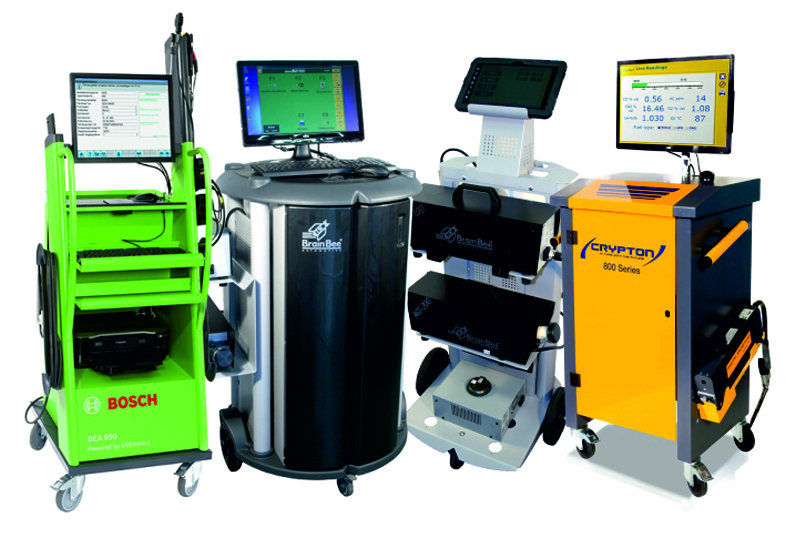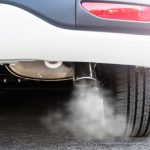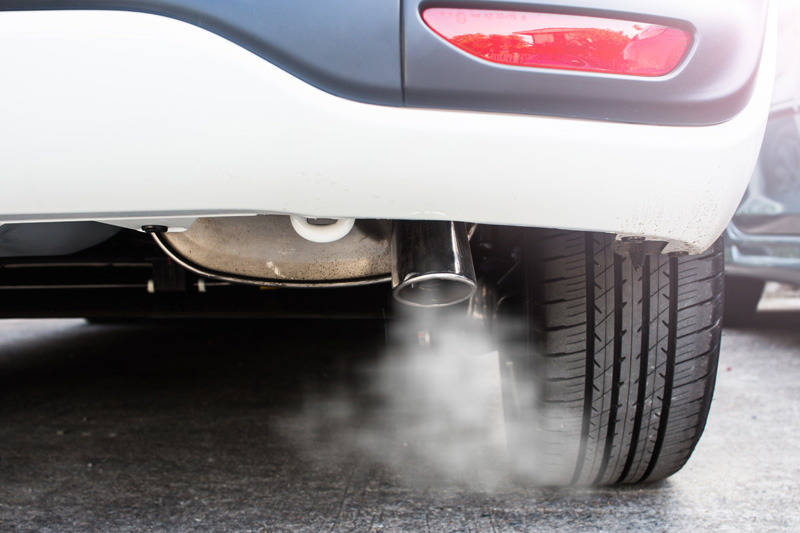Robin Huish, Managing Director at Hickleys, gives PMM the low-down on how incoming legislation will impact the equipment required at MOT test stations.
MOT centres should all be aware by now that their emission analysers will need updating before the 20th May 2018 – indeed, you should have received a special notice to this effect some weeks ago. What many don’t realise, however, is that emission analysers actually need two updates: one for petrol (gas) and one for diesel (smoke).
Let’s take the petrol update first. This is the usual database update that used to happen every year until 2014 and cost between £250 and £400. This update adds the emission limits for newer vehicles entering the MOT period for their first test.
In 2014, the government decided this update should only be required every two years, saving MOT centres a bit of money. In 2016, the GEA and equipment manufacturers prepared for the latest update, and everything was in place until the Brexit vote came along. The ‘Leave’ vote essentially froze all law maki ng that came from Europe, with the MOT update being one of them.
ng that came from Europe, with the MOT update being one of them.
Finally, the update has been passed by government and on the 1st February the 19th edition was published and the new database released. All MOT sites must have the new database installed before the 20th May 2018.
Now onto the diesel update, and the headline is this: from the 20th May, diesel emission limits for some cars will be halved from 1.50 to 0.70 or to their plate value if lower. The background to this is of course the arrival of Euro 6 engines with lower emission outputs, coupled with the repercussions of the VW diesel scandal, which has put the spotlight on emission testing and driven the government to improve diesel testing procedures. DVSA has released new test procedures that will test vehicles at different levels, dependent on the vehicle age and plate value.
The new test requires the MOT tester to enter the default value dependent on the age of the vehicle. The values are 0.70 for vehicles first registered after 1/1/14, 1.50 for vehicles first registered from 1/7/08 to 31/12/13, and higher for older vehicles. The requirement for testing cars at 0.70 or 1.50 is first entering the vehicle plate value, and if that plate value is less than the default value, the vehicle is tested at the plate value. If the plate value cannot be found, or is illegible or higher than the default value, the MOT tester must use the default value for the test.
With the two updates costing between 10 and 20% of the value of a new machine, some centres may decide now is the time to buy a new emission machine. Whenever there is legislative change, prices become very competitive and there are some great offers to be snapped up, but a word of caution when buying a machine that’s going to be an essential part of your MOT bay for the foreseeable future: think more about the reliability and annual costs than whether it is £200 cheaper than the next one.
What I find a little disappointing is that there are some garage equipment or motor factor sales staff that are telling MOT centres their machines are obsolete when they are not. Just recently I had a customer on the phone questioning his machine because he had been told, “It’s on the list, it’s 100% obsolete and you need to order with me now”. In fact, it was fully updatable and of course you have until May to make the move.
My advice would be to talk to your current calibration company as they will want to retain you as a customer, or speak directly with the manufacturer of your current machine and make a considered decision armed with all the facts.











